What Thread Camera Mount ?
A thread camera mount is a type of camera mount that uses a threaded screw to attach the camera to a tripod or other support. The most common thread size for camera mounts is 1/4"-20, which means the screw has a diameter of 1/4 inch and 20 threads per inch. Some cameras may also use a larger 3/8"-16 thread size. Threaded camera mounts are popular because they provide a secure and stable connection between the camera and support, and are easy to attach and detach. They are commonly used in photography and videography, as well as in scientific and industrial applications where precise positioning of the camera is important.
1、 Types of camera mounts
"What thread camera mount" refers to the specific type of screw thread used to attach a camera to a tripod or other mounting device. The most common thread sizes are 1/4" and 3/8", with 1/4" being the most widely used. However, there are also other thread sizes and types used by different camera manufacturers.
Types of camera mounts, on the other hand, refer to the overall system used to attach a camera to a tripod or other mounting device. There are several types of camera mounts, including the popular Arca-Swiss mount, which is a quick-release system that allows for easy and secure attachment and detachment of the camera from the tripod. Other types of mounts include the Manfrotto RC2 mount, the Gitzo G-Lock mount, and the Really Right Stuff mount.
In recent years, there has been a trend towards more universal camera mounts, such as the Peak Design Capture Clip, which allows for quick and easy attachment of a camera to a backpack strap or belt. This type of mount eliminates the need for a traditional tripod or mounting device, making it ideal for outdoor and adventure photography.
Overall, the type of camera mount you choose will depend on your specific needs and preferences. Whether you opt for a traditional tripod mount or a more innovative system, it's important to choose a mount that is secure, reliable, and easy to use.
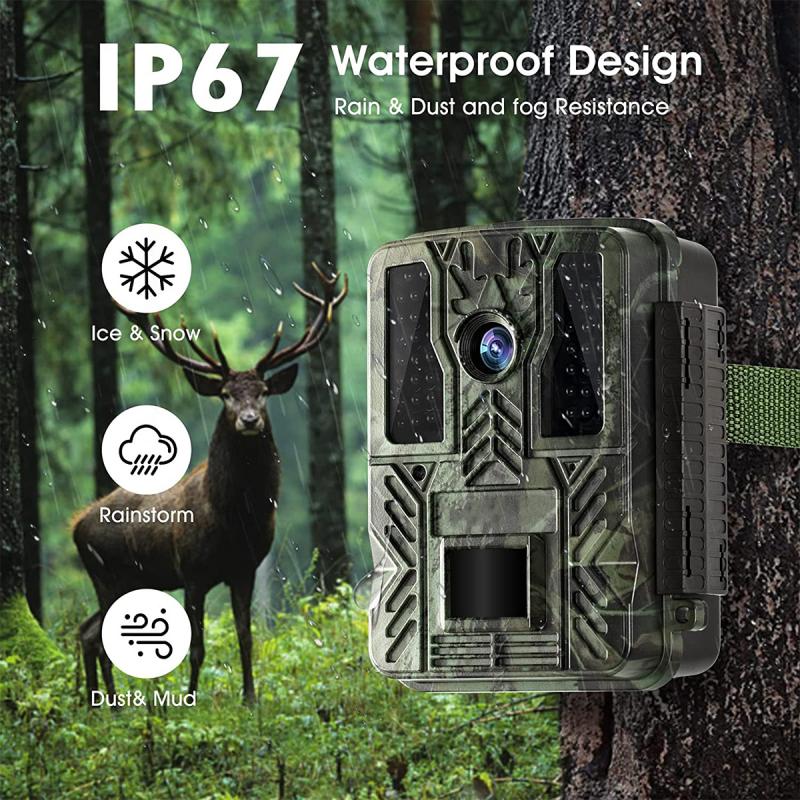
2、 Thread sizes for camera mounts
Thread sizes for camera mounts refer to the diameter and pitch of the screw that attaches the camera to a tripod or other mounting device. The most common thread sizes for camera mounts are 1/4"-20 and 3/8"-16, with the former being more common for smaller cameras and the latter for larger, heavier cameras.
However, it's worth noting that some newer cameras, particularly mirrorless models, are moving away from traditional screw mounts and instead using proprietary mounting systems. For example, Sony's E-mount and Fujifilm's X-mount both use a bayonet-style mount rather than a screw thread.
Additionally, some camera manufacturers have started using a hybrid mount that combines a traditional screw thread with a locking mechanism for added stability. Canon's EOS R and Nikon's Z-mount are examples of this type of mount.
Overall, while traditional screw mounts remain the most common thread sizes for camera mounts, it's important for photographers to be aware of the evolving landscape of camera mounting systems and to choose a mount that is compatible with their specific camera model.
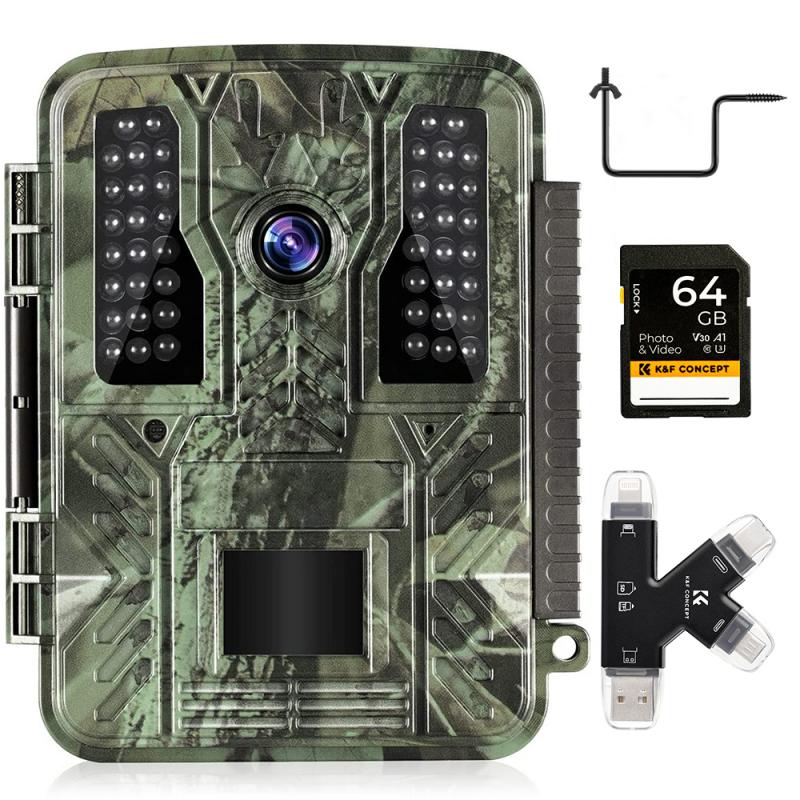
3、 Compatibility of camera mounts with different cameras
What thread camera mount?
The thread camera mount refers to the screw thread that is used to attach a camera to a tripod or other support system. The most common thread sizes are 1/4 inch and 3/8 inch, with the former being more common for consumer cameras and the latter for professional cameras.
Compatibility of camera mounts with different cameras:
When it comes to compatibility of camera mounts with different cameras, it is important to consider both the thread size and the type of mount. Some cameras may have a proprietary mount that is not compatible with standard tripod mounts, while others may require an adapter to fit onto a particular mount.
In recent years, there has been a trend towards mirrorless cameras, which often have smaller and lighter bodies than traditional DSLRs. This has led to the development of new mount systems, such as the Sony E-mount and the Micro Four Thirds mount, which are designed specifically for mirrorless cameras.
Another recent development is the rise of smartphone photography, which has led to the development of specialized mounts and accessories for attaching smartphones to tripods and other support systems.
Overall, while compatibility of camera mounts with different cameras can be a complex issue, there are a wide range of options available to ensure that your camera can be securely attached to a tripod or other support system.
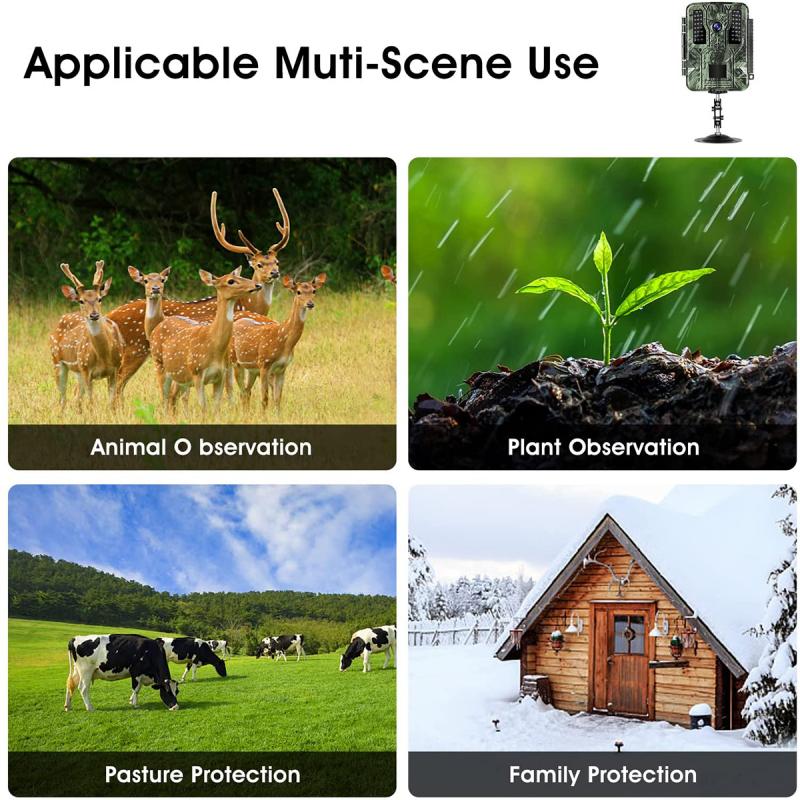
4、 Advantages and disadvantages of different camera mounts
Advantages and disadvantages of different camera mounts:
1. Canon EF Mount: This mount is used by Canon DSLRs and mirrorless cameras. The advantage of this mount is that it has a large selection of lenses available, including high-quality lenses from Canon. The disadvantage is that it is not compatible with other camera brands.
2. Nikon F Mount: This mount is used by Nikon DSLRs and mirrorless cameras. The advantage of this mount is that it has a large selection of lenses available, including high-quality lenses from Nikon. The disadvantage is that it is not compatible with other camera brands.
3. Sony E Mount: This mount is used by Sony mirrorless cameras. The advantage of this mount is that it has a growing selection of lenses available, including high-quality lenses from Sony and third-party manufacturers. The disadvantage is that it is not compatible with other camera brands.
4. Micro Four Thirds Mount: This mount is used by Olympus and Panasonic mirrorless cameras. The advantage of this mount is that it has a large selection of lenses available, including high-quality lenses from Olympus, Panasonic, and third-party manufacturers. The disadvantage is that the smaller sensor size of these cameras may limit image quality compared to larger sensor cameras.
5. What thread camera mount: This mount is a universal mount that can be used with a variety of cameras and lenses. The advantage of this mount is that it allows for flexibility in using different lenses with different cameras. The disadvantage is that it may not provide the same level of compatibility and performance as dedicated mounts for specific camera brands.
In recent years, there has been a trend towards mirrorless cameras and their associated mounts, such as the Sony E Mount and Micro Four Thirds Mount. These mounts offer smaller and lighter camera bodies, while still providing high-quality image output. Additionally, there has been an increase in the use of adapters that allow for the use of lenses from one mount on a camera with a different mount. This has increased the flexibility and compatibility of different camera systems.
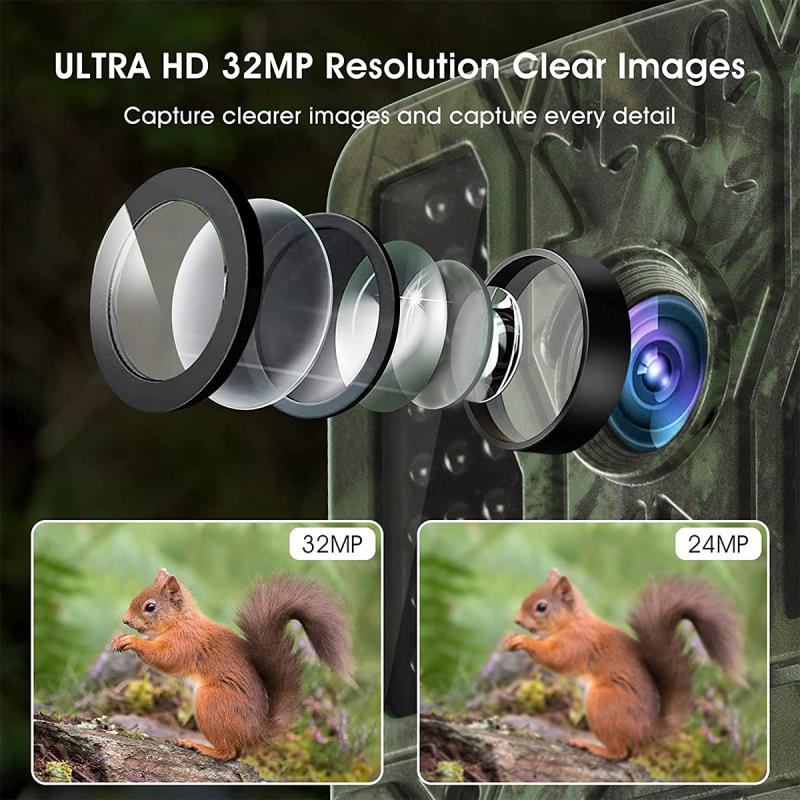


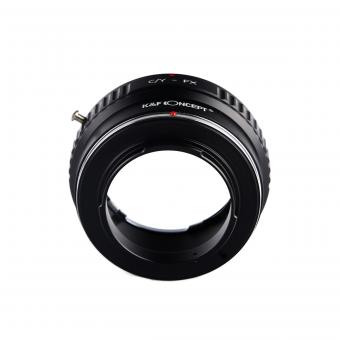

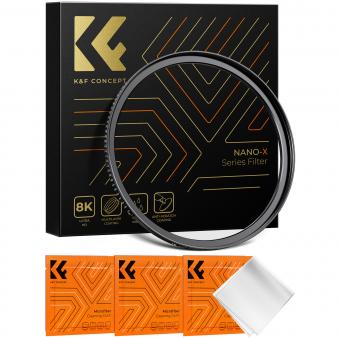

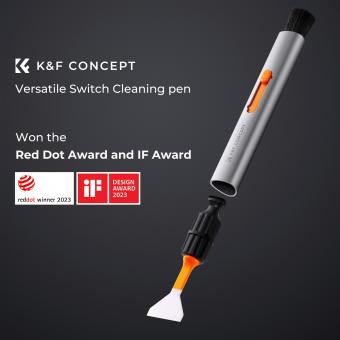
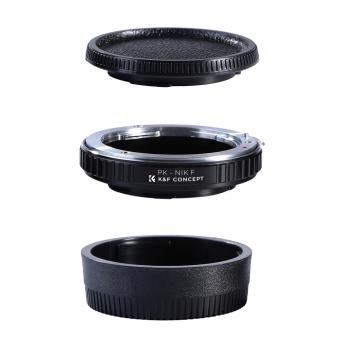




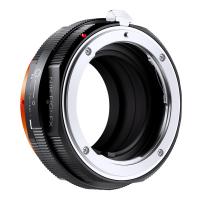
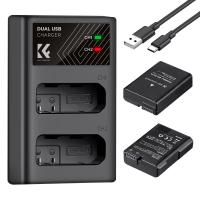

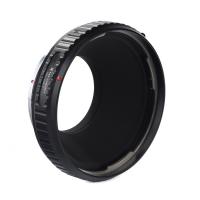
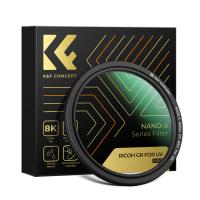


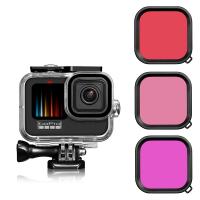

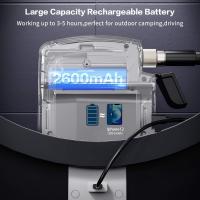
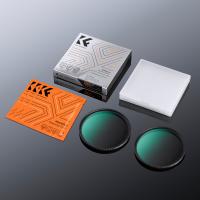
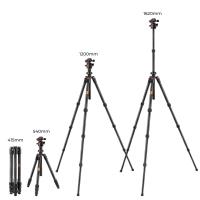

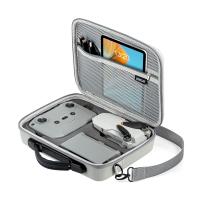
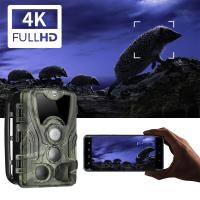
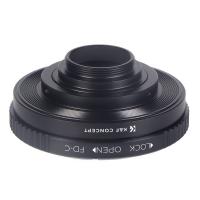
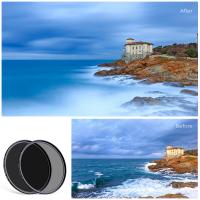
There are no comments for this blog.